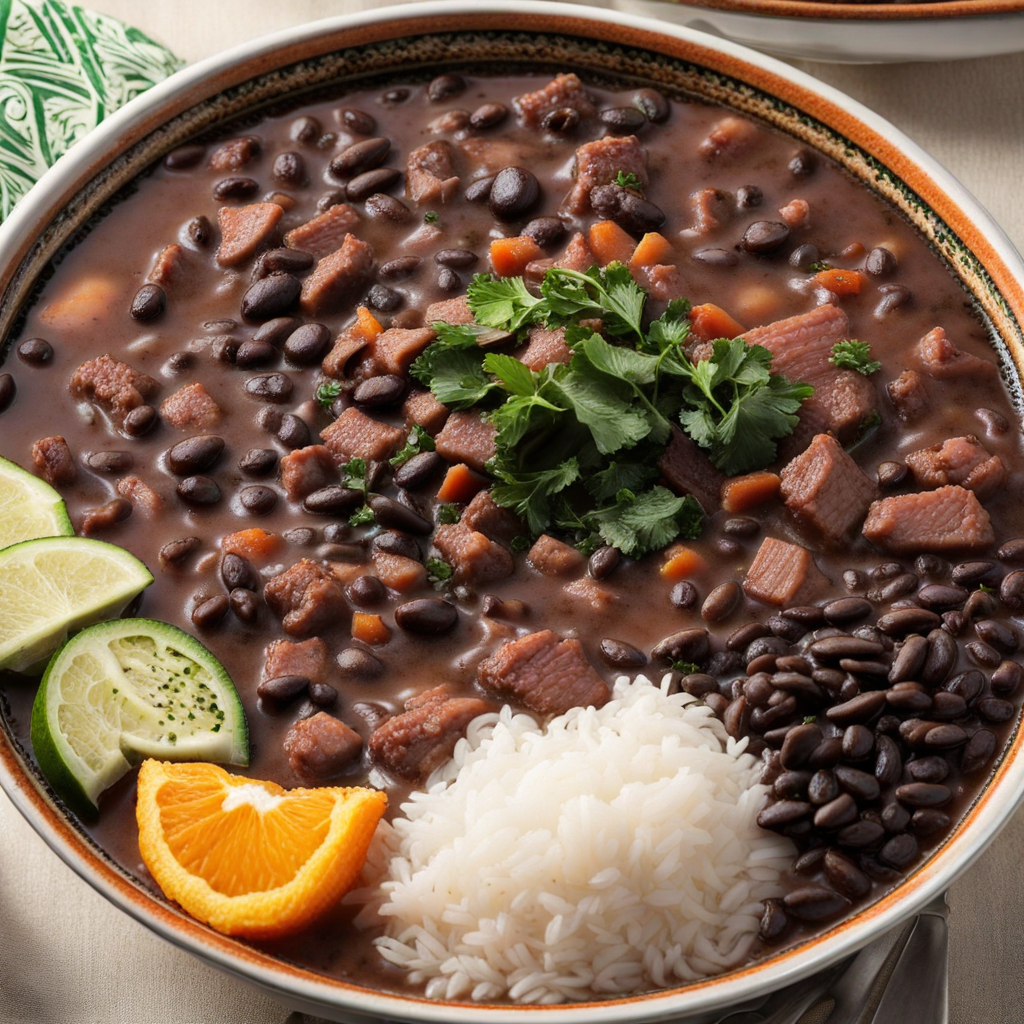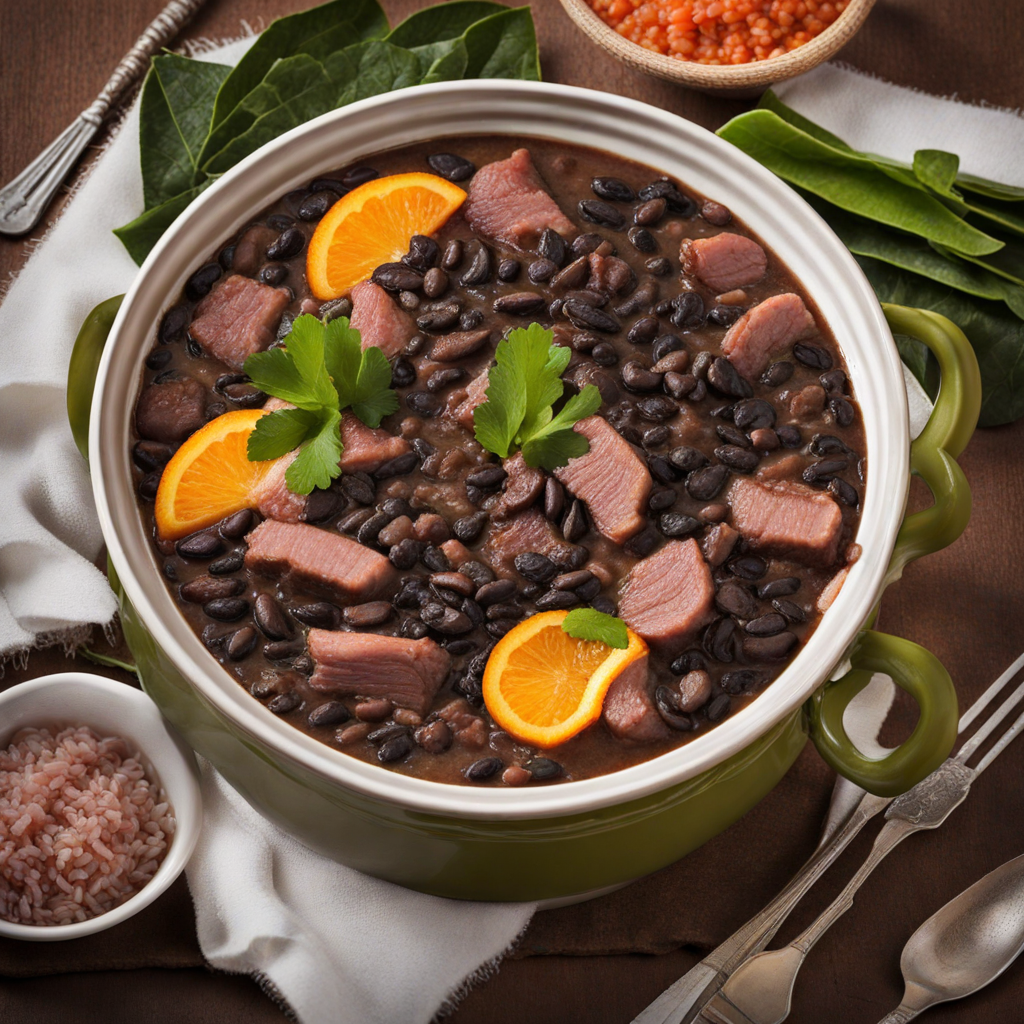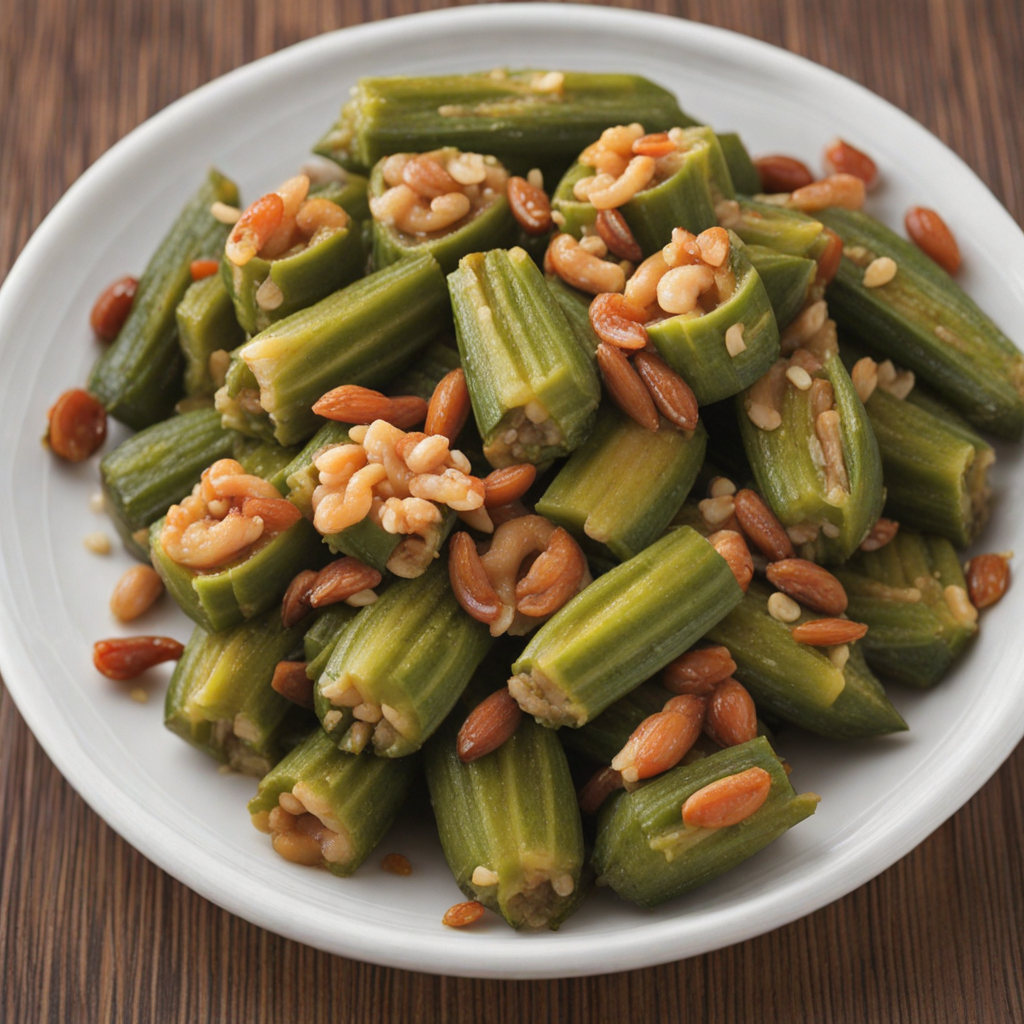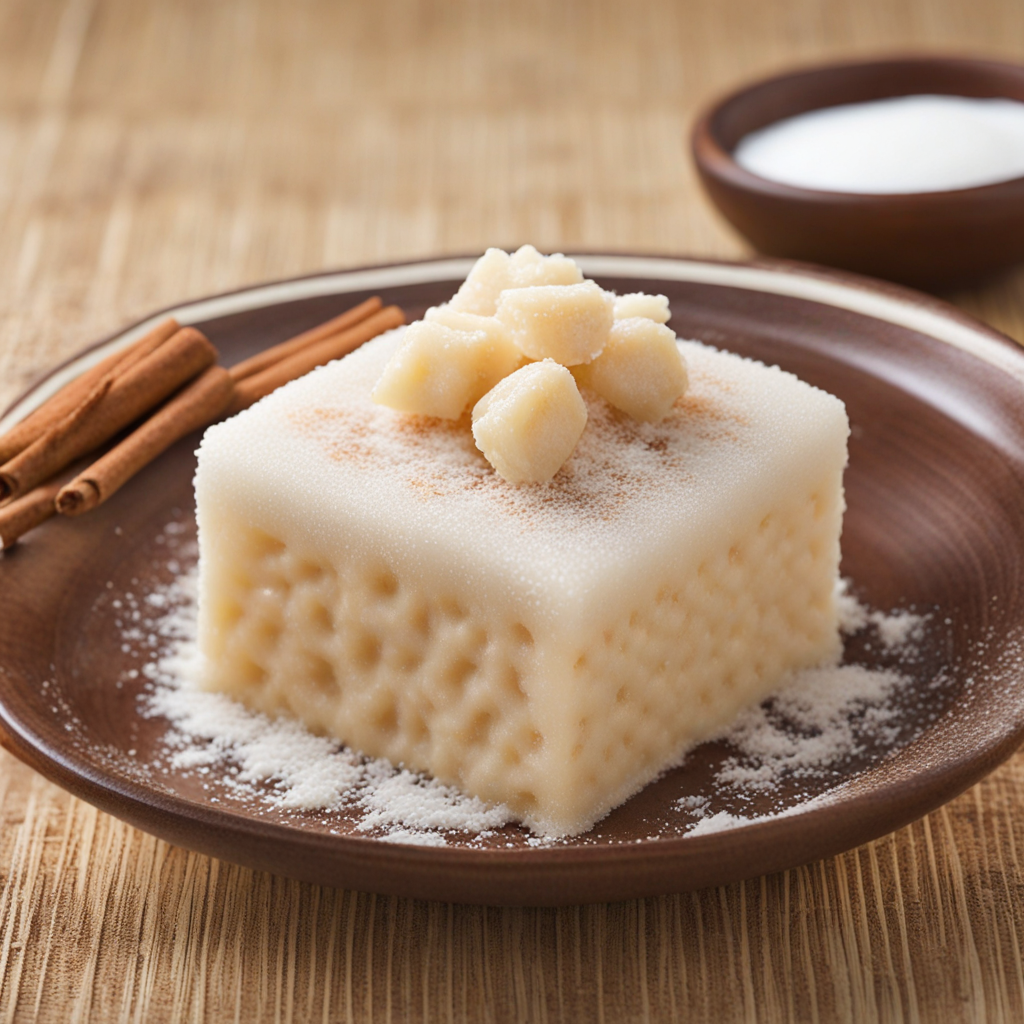Feijoada
Feijoada is a hearty Brazilian stew that beautifully encapsulates the country's rich culinary heritage. At its core, this dish consists of black beans simmered with a variety of meats, including pork, beef, and sometimes sausage. The combination of these ingredients results in a deeply flavorful and satisfying dish that celebrates the art of slow cooking. Traditionally prepared in a large pot, the beans are cooked until tender, absorbing the savory essence of the meats and spices, which often includes garlic, onions, and bay leaves. The fragrant aroma that wafts through the kitchen is enough to entice anyone to the table. What makes feijoada particularly special is its communal nature. It is often served during gatherings and celebrations, reflecting the Brazilian spirit of sharing and togetherness. Typically accompanied by white rice, collard greens, orange slices, and farofa (toasted cassava flour), each component adds its own texture and flavor to the meal. The tangy citrus from the oranges helps to cut through the richness of the stew, while the greens provide a fresh contrast, making every bite a delightful experience. The farofa, with its nutty flavor and crunchy texture, elevates the dish, inviting you to explore the various layers of taste. Feijoada is not just a meal; it is a cultural experience. Its roots trace back to Brazil's colonial history, where enslaved Africans adapted their culinary traditions to create this dish using available ingredients. As a result, feijoada represents a fusion of flavors and historical influences, making it a significant symbol of Brazilian identity. Whether enjoyed at a family gathering or a festive celebration, feijoada is a dish that brings people together, inviting you to savor not just its taste, but also the stories and traditions that accompany it.
How It Became This Dish
Feijoada: A Culinary Journey Through Brazil's History Feijoada is more than just a dish; it is a symbol of Brazilian culture, a celebration of its diverse heritage, and a testament to the melding of various influences that define the country's culinary landscape. This hearty stew, primarily made with black beans and a variety of salted meats, has roots that trace back to colonial times and reflects Brazil's complex socio-economic history. Origins: A Fusion of Cultures The origins of feijoada are often debated, but it is widely accepted that this dish has its roots in the early days of Portugal’s colonization of Brazil. The term "feijoada" comes from "feijão," the Portuguese word for beans, which are a staple ingredient in the dish. The Portuguese brought with them the tradition of bean stews, which were prevalent in their homeland. However, the version that evolved in Brazil was heavily influenced by the indigenous peoples and African slaves who were brought to the country. Indigenous communities in Brazil had their own methods of cooking beans, often incorporating local ingredients such as cassava and various meats. When African slaves arrived, they brought with them their culinary traditions, which included a variety of cooking techniques and seasonings. They also had a resourceful approach to food, often making use of less desirable cuts of meat, which were overlooked by the European colonizers. This cultural exchange was pivotal in the development of feijoada, as it combined elements from the indigenous, African, and Portuguese cuisines. The Classic Recipe Traditional feijoada is made with black beans, which are simmered for hours with assorted salted meats, including pork, beef, and sausages. The dish is typically seasoned with garlic, onions, and bay leaves, resulting in a rich, flavorful stew. It is often served with accompaniments such as rice, collard greens, orange slices, and farofa (toasted cassava flour), creating a well-rounded meal that is both hearty and nutritious. The dish's ingredients varied by region, influenced by local availability and culinary preferences. For example, in Rio de Janeiro, feijoada often contains a mix of pork and beef, while in other parts of the country, variations might include different types of beans or meats. These regional adaptations highlight the dish's versatility and its ability to evolve alongside Brazil’s diverse population. Cultural Significance Feijoada is not merely a meal; it is a cultural event steeped in tradition and camaraderie. In Brazil, it is common to enjoy feijoada on Wednesdays or Saturdays, often as a communal meal shared with family and friends. The preparation of feijoada is often a social affair, with families gathering to cook and celebrate together. This communal aspect reflects the importance of food in Brazilian culture, where sharing a meal is a way to strengthen bonds and foster community. Historically, feijoada was considered a dish for the lower classes, particularly among slaves and laborers, who relied on inexpensive ingredients to create a filling meal. However, as Brazil modernized and its culinary landscape evolved, feijoada began to gain recognition as a national dish, celebrated across social classes. Today, it is served in both humble homes and upscale restaurants, showcasing its journey from a simple stew to a beloved emblem of Brazilian cuisine. Evolution and Modern Interpretations The evolution of feijoada is a reflection of broader changes in Brazilian society. In the 20th century, as Brazil experienced significant economic and cultural shifts, the dish began to be embraced by different demographics. The rise of the middle class and the global interest in Brazilian culture, particularly during events like the Rio Carnival, contributed to feijoada’s popularity. It became a dish synonymous with national pride and identity, often featured in celebrations and festivals. Modern chefs have also taken creative liberties with feijoada, experimenting with ingredients and presentation. While traditionalists may argue that the essence of the dish should remain intact, many contemporary interpretations have emerged, incorporating elements from other cuisines and showcasing the adaptability of Brazilian food culture. Some chefs have introduced fusion versions of feijoada, adding ingredients like duck, lamb, or even seafood, while others focus on vegetarian and vegan adaptations, reflecting changing dietary preferences. Feijoada in Popular Culture Feijoada’s significance extends beyond the dining table; it has become a cultural icon in Brazil, celebrated in music, literature, and festivals. The dish frequently appears in samba songs and is often associated with the vibrant spirit of Brazilian Carnival. Events dedicated to feijoada, such as feijoada parties, have become popular, where people gather to enjoy the dish in a festive atmosphere, often accompanied by live music and dancing. Furthermore, feijoada has found a place in Brazilian literature and art, often depicted as a symbol of unity and diversity. Writers and artists have drawn upon the dish's rich history to explore themes of identity, cultural heritage, and the shared experience of Brazilians from different backgrounds. Conclusion Feijoada is more than a culinary delight; it embodies the rich tapestry of Brazilian history and culture. From its humble origins as a dish created by slaves and laborers to its status as a national treasure, feijoada tells the story of Brazil’s diverse influences and the resilience of its people. As it continues to evolve, this beloved stew remains a powerful symbol of community, identity, and tradition, celebrating the flavors and stories that make Brazil unique. In essence, feijoada is a reflection of the heart and soul of Brazil—a dish that brings people together, transcending social and cultural boundaries, and inviting all to partake in its rich history. Through every spoonful, one can taste the legacy of generations, making feijoada not just a meal, but a cherished experience that resonates deeply within the Brazilian identity.
You may like
Discover local flavors from Brazil







